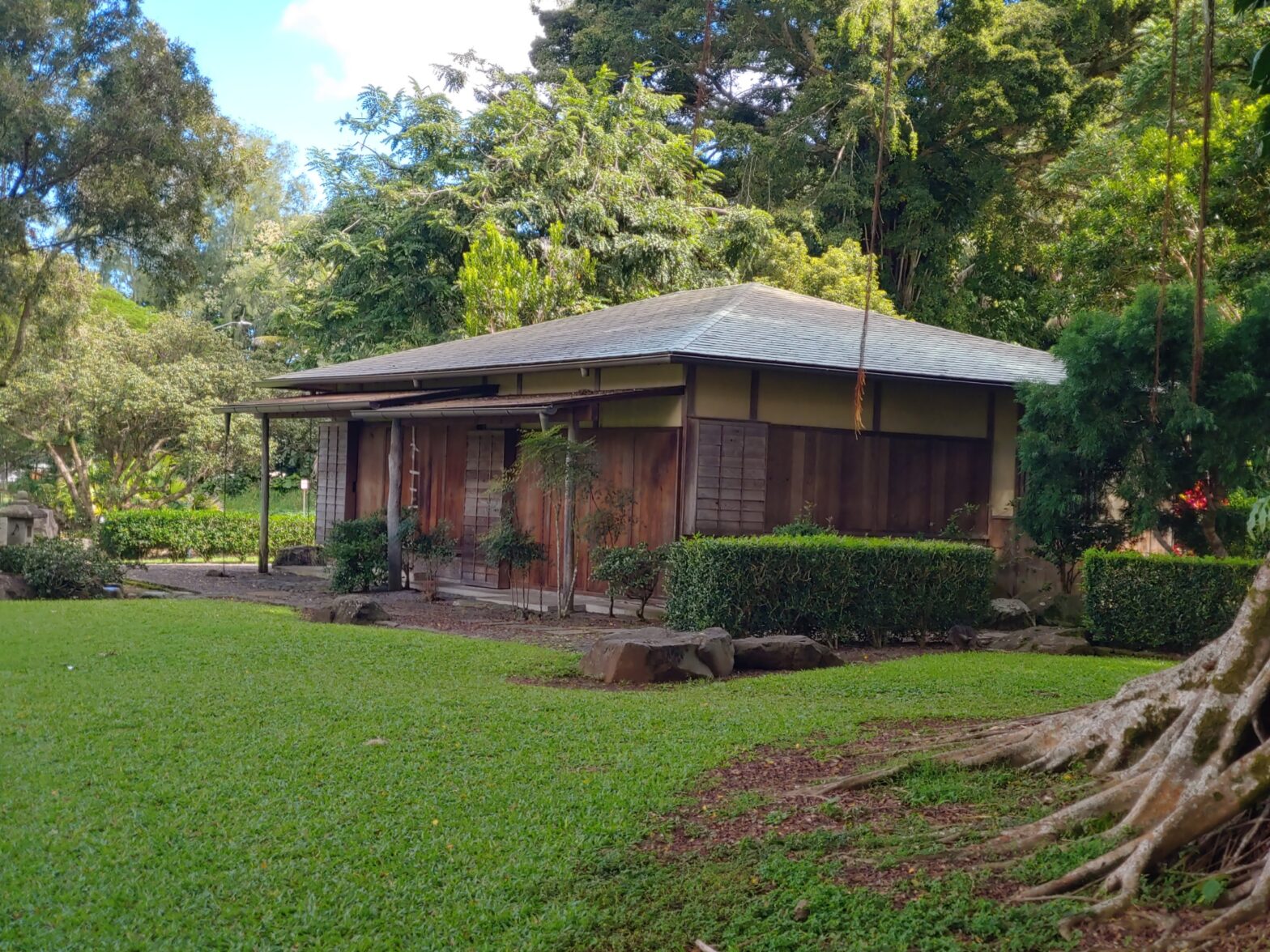Imagine that everyone has a bucket, and they fill it with tasks. At the bottom of the bucket is a hose that is constantly draining it at some rate, which represents completing tasks. The tasks are your obligations in life, your work, and your responsibilities.
We all know people with overflowing buckets. It almost doesn’t matter what the size and rate of the outflows are through the hose, because things are sloshing around and falling over the edges of the buckets. Anything that falls over the edge is a missed deadline, a broken promise, or a lost opportunity. People with brimming buckets don’t get to choose what falls over. They walk around with this big sloshing bucket, trying to keep everything inside, but things fall over the edge.
We also know people with empty buckets. They don’t have too much to do and they aren’t overwhelmed, but the hose at the bottom is just barely dripping.
In the middle are people with buckets that are about 1/2 or 2/3 full. They have things to do and obligations, but they also have spare capacity. No one can perfectly predict what will come in the future, so we all need a little bit of spare capacity. If you’re at 100%, you can’t capitalize on an unexpected opportunity, you can’t take a day off, and you can’t explore. You have to keep draining the bucket just to keep it from overflowing.
Many of us have the tendency to fill our buckets. We feel guilty if our buckets have a little bit of empty space, even if we logically know that it’s healthy. Maybe it’s because we admire people with full buckets and think of them as better, only because we admire them from afar and aren’t the ones whose promises are being broken when things fall out of the bucket.
I used to try to be maximally productive at all times. It worked great when I could focus exclusively on one project and had no other obligations. I’m glad that I went through that phase and that I learned through it that if I really needed to push myself, I could do it.
These days, I’m glad to keep my bucket partially empty. I get everything done that needs to be done, I make progress on non-urgent things, I have a lot of flexibility, and when there’s a short-term push that needs to happen, I can do it with no stress.
There are several different ways to keep your bucket more empty. The obvious one is to take on less work. I regularly come across people who can’t say no to any project, and so they live in a constant state of stress, especially once it becomes clear that everything can’t be done as expected. Another one is to reduce obligations outside of work. If you have less time partitioned to cleaning, cooking, transportation, illness, etc., you have more of your bucket that you can use for productive tasks.
You can also become more efficient. If you can learn better work skills and time management you can make the drain a little bit bigger, which starts creating room in the bucket.
Think about where your balance is and where you want it to be. The most “productive” people often have totally full buckets, but those with the best long-term results usually don’t.
###
Photo is the teahouse where I study Urasenke tea ceremony in Hawaii. I’m here now for Hatsugama, the new years tea celebration. I was lucky enough to do it last weekend in Vegas too!
Superhuman 4 coming in April! I’ll post about it soon, maybe next week.

Leave a Reply